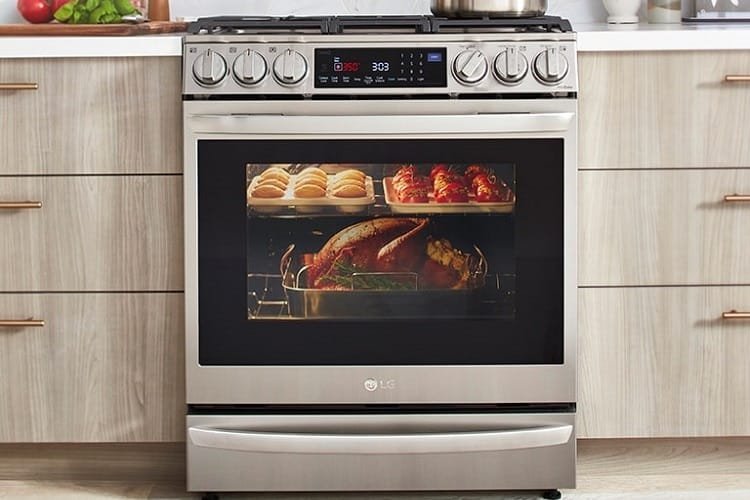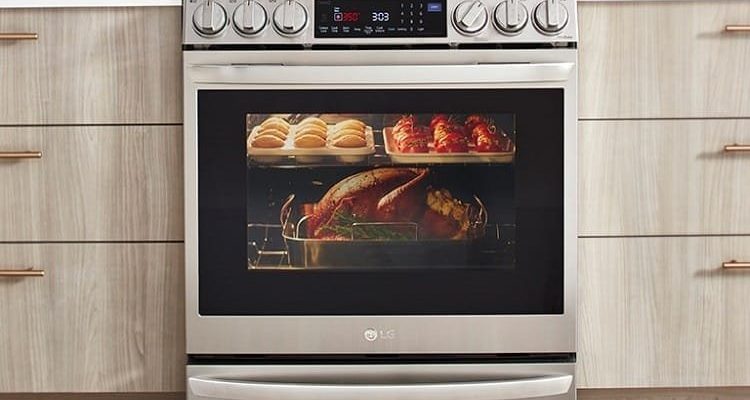
The E2 error code on LG ovens and ranges essentially acts as a distress signal. It’s trying to communicate that something’s amiss with your appliance’s inner workings, much like how a warning light on your car’s dashboard alerts you to check under the hood. While this might sound alarming, don’t worry just yet. Often, the solution is as simple as hitting the reset button or performing a straightforward troubleshooting step. So, let’s dive in and see if a reset might be just the fix you need.
Understanding the E2 Error Code
You might be wondering, “What exactly is the E2 error code trying to tell me?” In most cases, this error code indicates that there’s a problem with the oven’s temperature sensor. Imagine the sensor as the oven’s internal thermometer. Just like how you’d rely on a thermometer to ensure you’re not running a fever, your oven’s sensor keeps tabs on cooking temperatures to make sure everything’s just right.
When the E2 code pops up, it’s signaling something’s gone awry with this temperature monitoring. It’s as if the thermometer isn’t reading correctly, leading to potential issues like uneven cooking or failure to reach the desired heat level. This could be due to a faulty sensor or sometimes just a minor glitch that interrupts its function. Understanding this can help guide you on what actions to take next.
In some scenarios, environmental factors like a sudden power surge or interference can trigger the sensor to misbehave, resulting in this error code. Think of it as a temporary hiccup. Before you start shopping for replacement parts or scheduling a technician visit, it’s worth trying a quick reset. Often, like giving your computer a reboot when it freezes, resetting your oven can clear the error and restore normal function.
Steps to Reset Your LG Oven or Range
Alright, so you’re convinced that a reset is worth a shot. The question now is, how do you actually perform a reset on your LG oven or range? It’s a bit like hitting the ‘refresh’ button on your browser when a page won’t load properly. Here’s how you can do it:
First, ensure your oven or range is safe to handle. If it’s been running hot, give it a chance to cool down to avoid any risks of burning yourself. Safety first! Once it’s cool, locate the power source. For an electrical appliance, this usually involves turning off the circuit breaker or unplugging the unit from the wall outlet. Turn off the power and leave it off for a good 5 to 10 minutes. This downtime allows the motherboard to discharge completely, much like letting a laptop battery run down to zero.
After you’ve patiently waited, restore power by plugging the oven back in or flipping the circuit breaker on. This simple power cycle can often clear any temporary glitches causing the E2 error. Once the oven is powered back up, test its functionality by setting a temperature and checking whether the error persists. If the error code no longer appears, your reset was successful. If not, further investigation might be necessary.
When a Reset Isn’t Enough
So, you’ve tried resetting, and that pesky E2 still flashes defiantly on the display. What gives? In some cases, a reset might not address the underlying issue if there’s indeed a problem with the sensor or other internal components. It’s like trying to fix a flat tire with a quick air pump; sometimes, the tire itself needs repair or replacement.
If a reset didn’t do the trick, the next step is to consider inspecting the temperature sensor. This component can sometimes come loose or become defective. You might want to consult your oven’s manual for guidance on accessing and checking the sensor. If this sounds a bit too technical, there’s no shame in calling a professional. An experienced technician can diagnose whether the sensor needs a fix or a replacement.
Additionally, there are rare occasions where the error stems from faulty wiring or a problematic control board. These issues can be more complex and typically require professional attention to ensure your oven is safe and reliable. Remember, while DIY fixes are convenient, safety and accuracy are paramount when dealing with electrical appliances.
Keeping Error Codes at Bay
Want to keep those annoying error codes from making a repeat appearance? Think of it like maintaining a healthy lifestyle to prevent frequent doctor’s visits. Regular cleaning and maintenance can prevent many issues before they start. Keeping your oven and range clean ensures that components like the temperature sensor remain free of debris and buildup, which can otherwise interfere with their operation.
Additionally, consider periodic professional inspections. Just like how regular check-ups can help catch health issues early, professional servicing can identify potential problems before they escalate into critical errors. Staying vigilant with these practices can go a long way in ensuring your kitchen appliances remain in top working condition.
By knowing how to reset your LG oven and understanding what the E2 error code signifies, you’re well-equipped to tackle this issue with confidence. Whether it’s a quick reset or a call for backup from a technician, you’ve got the knowledge to keep your baking and cooking adventures on track. Happy cooking!
